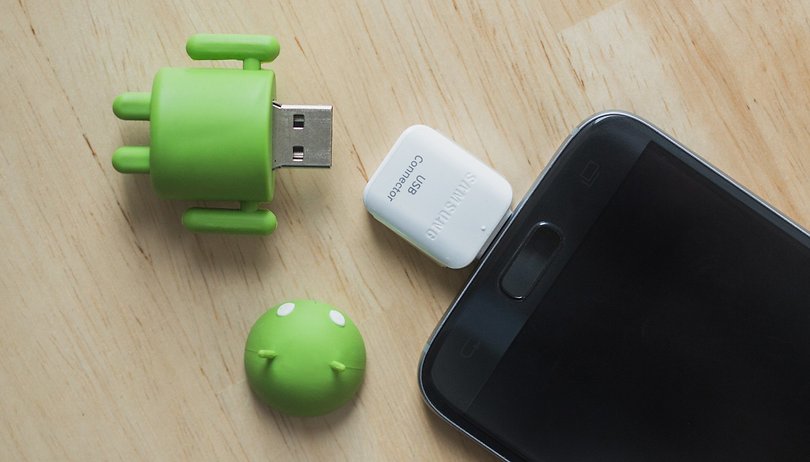Play Phone Audio Through Computer Usb
How can I get my iPhone sounds to play through my computer speakers (windows 7) without having to plug in the iPhone? And without buying like special bluetooth speakers. Is this possible? What's the best/easiest way? Not just songs but like sound effects from apps and stuff too or just any sound that's playing on my iPhone or iPad.

I'm not very tech savvy lol so hopefully someone can explain, any help would be very much appreciated :) If this should be posted somewhere else or there's a better place lemme know! Thanks for any help!
Aug 30, 2013 Playing music on iPhone via USB cable? I would like to hook up my iPhone to my work computer via the USB cable and play the music on the phone via my computer speakers. Newer versions of itunes don't allow you to manage music manually in a fashion that allows you to play music from your phone back to your computer through.
Play Phone Audio Through Computer Usb Port
Once upon a time, there was this scary idea that computer manufacturers would lock down our machines with a purely-digital, 'protected,' end-to-end music delivery system. The fear driving this shift, which did not happen: the so-called 'analog hole.'
The analog hole can allow someone to record otherwise 'protected' audio on its way to speakers. The person who recorded the song can then share it via P2P with millions of music fans who would never bother connecting an analog recording device to a computer's output and hijacking the audio that way.
One solution that was bandied around back then: to create a Secure Audio Path (SAP) all the way from the playback software to our speakers, protecting then whole chain with digital rights management (DRM). This would close the analog hole. Happily for music fans, that vision was never realized, meaning that USB Audio devices--a standard compatible with Mac, Windows, and Linux--can play music from any source normally handled by your regular analog output--the one most people connect to headphones or speakers.
Connected devices have largely obviated the need for onerous DRM technologies in the first place by letting listeners prove they have the right to listen to a piece of music simply by signing in to an app or Web site. DRM is invisible. Luckily for us, it doesn't care whether your output is analog (the regular kind) or digital (USB).
Now, to the main topic at hand: your computer's USB audio port, which can connect to external audio devices that play music from any Web site, file, music service, or app.
Play Phone Audio Through Computer Usb Cable
So why would you want to use USB Audio instead of your computer's regular input?
The answer is simple: mainly, because USB Audio devices tend to sound better than your computer's regular output, because they process the audio (turning it from digital to analog) farther away from your computer's other electronics, which tend to add audio interference. (Using the regular output, you can actually hear a buzz from some computers with sensitive headphones--especially with a laptop.) In addition, USB Audio devices can offer surround sound (5.1- or 7.1-channel sound), even if your computer lacks that option.
This is probably the simplest tutorial I have ever written in terms of the steps you'll need to take. The trick is mainly just knowing that USB Audio works with everything.
You can buy any USB Audio-compatible module, amplifier, speaker, headphone, or microphone (examples below), and simply plug it into your computer and you're pretty much good to go. It will be able to play music from any desktop or web app: MOG, Spotify, Rdio, Hype Machine Radio, Turntable.fm--you name it.
Here's how you switch your output to a USB audio device in Windows:
Then select the USB audio device:

And here's how you do it on a Mac (I'm not on a Mac today, so this screenshot comes courtesy of Chris Bowler):
Plenty of options exist for USB Audio devices online and at your local tech store. All of them will work with all of your desktop and web music apps, making them sound better.
Altec Lansing Orbit Stereo USB PC speakers have a nice, tubular design, and any USB-powered speakers make for easier travel, because you don't need to carry a power cord with you--they get all the juice they need from your computer. (Frequent travelers might also consider a completely cordless Bluetooth option like the Jawbone Jambox.)
That said, larger speakers that get their power from the wall rather than from your computer's USB port will always sound better. If you're looking to boost your sound quality in your home, dorm room, or office, go with a USB audio module like the ones listed here on CNET (disclosure: I worked at CNET from 1997 to 2005) and then connect those to powered speakers or your sound system of choice.
There is one more, far more 'out there' option for music fans with some extra scratch (about $800) who want to turn extremely 'digital' sources like Spotify into warm, tube-amplified sound: the Glow Audio Amp One (manufacturer's Web site), pictured to the right, which runs your sound through four vacuum tubes--the same kind found in some high-end audiophile systems.
It's a great conversation piece, and sounds great too, although it's definitely for the desktop at 5 watts per channel for powering speakers (you can also use headphones). More practically-minded folks will want to stick with the less-expensive (and still great-sounding) digital options listed here.
Get Amazon Prime Day deals without being a member: You won’t have to pay a thing -- unless you buy something, of course.
7 best Prime Day shopping tips: Master these to snag the best deals on July 15.